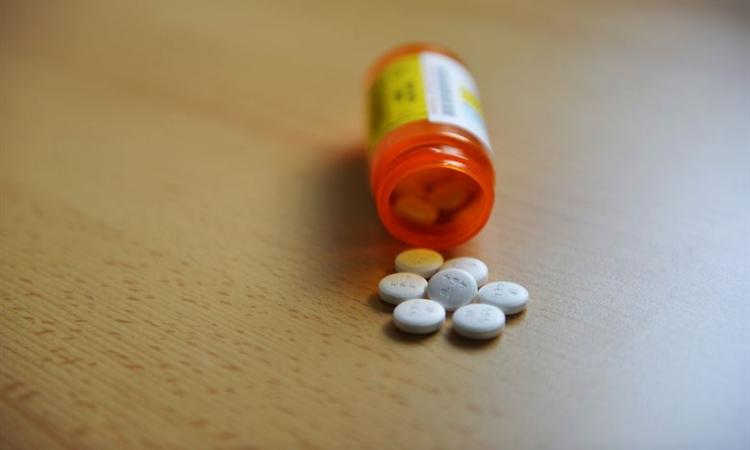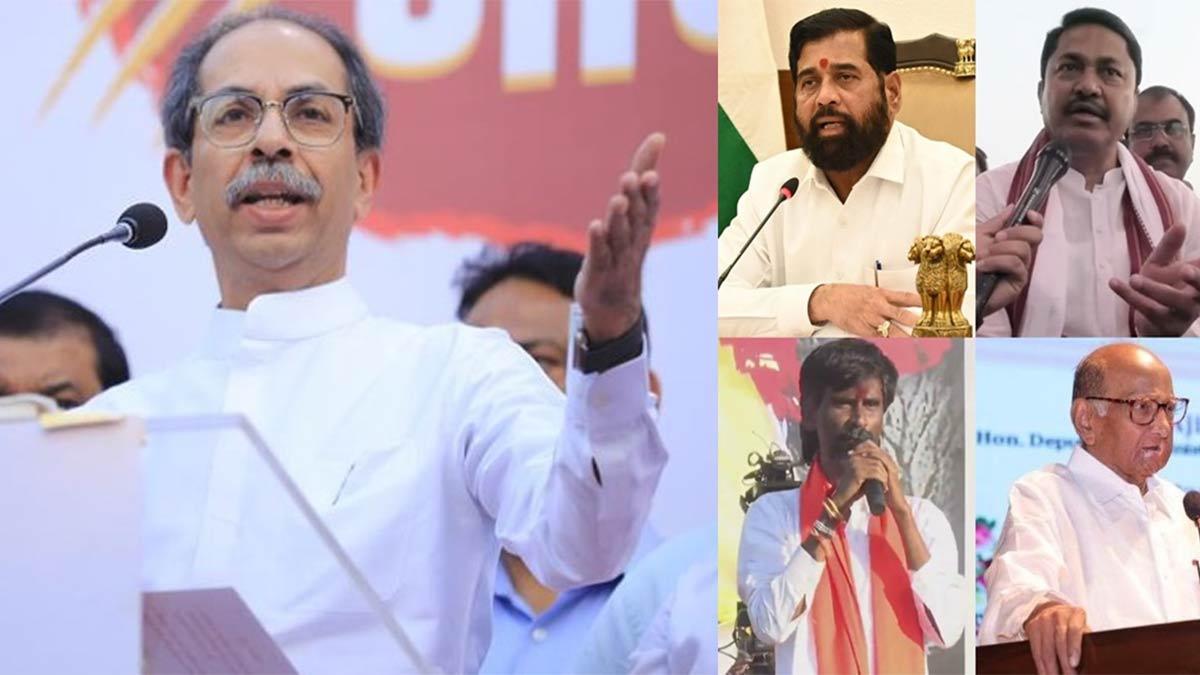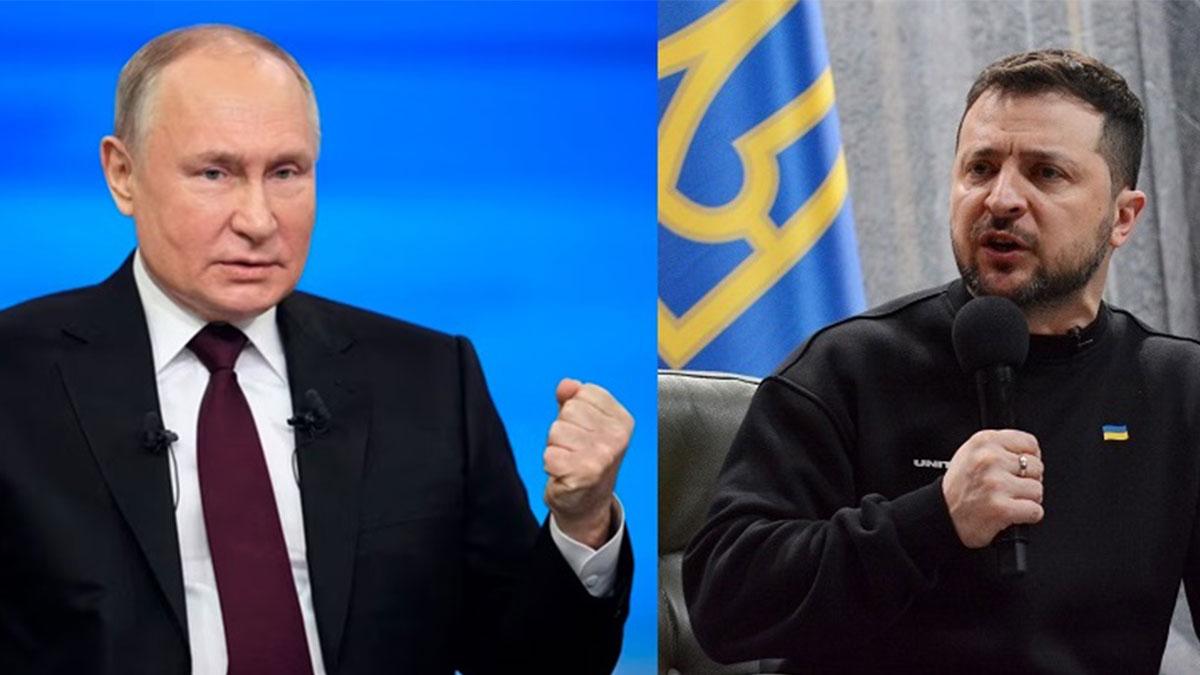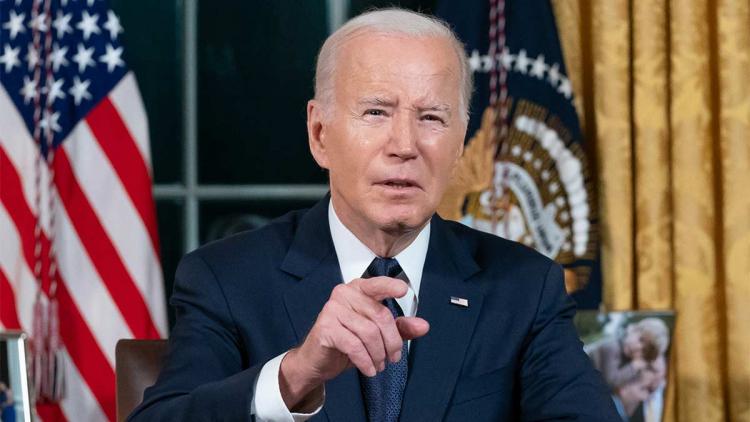The outbreak of the pandemic shook up the whole health infrastructure of almost every country in the world but especially India. We came face to face with the sad reality of lack of adequate health amenities in the country, especially because the public spending on the health sector is a mere 1-2% of the overall GDP of India. Hence, the government realised the importance of overhauling the condition of the medical industry, both public and private sector included.
One of the major hurdles is the extreme import dependency of India in case of medical equipment including finished medical devices as well as critical medical device components apart from drugs and medicines. As per data from various Port Offices of the Central Drugs Standard Control Organization, the percentage of medical raw material imported from China alone stood at 72.40% for 2019-20. In order to improve accessibility of quality healthcare, the country needs to develop self-reliance for manufacturing of advanced surgical equipment and other medical necessities.
In response to the critical dependency on China, in September, 2020, the government came up with two schemes for promoting domestic manufacturing of bulk drugs and medical equipment. The Department of Pharmaceuticals announced two schemes for drug security in India, namely Production Linked Incentive (PLI) Scheme and Scheme for Promotion of Bulk Drug Parks.
Examination by a committee formed for drug security led to an observation that there are 58 APIs (active pharmaceutical ingredients) for which the country is heavily dependent on China and hence, under the PLI scheme, financial incentives will be provided for 41 products covering 53 APIs based on sales made by selected manufacturers.
The Rs 6,940 crore scheme will boost local manufacturing capability and will also protect the country from being vulnerable to China, especially with escalating border tensions. With almost 35-40% of the existing capacity of API units sitting idle, these incentives could prompt manufacturing units to avail the scheme.
With a total financial outlay of Rs 3,000 crore, the scheme for promotion of bulk drug parks will provide financial assistance to the tune of 70% of the project cost of common infrastructure facilities for selected parks. Further, in the case of Northeastern and hilly states, the assistance will be up to 90% of the project cost. The bulk drug parks will be designed in a contiguous area of land with common infrastructure facilities for manufacturing and a common waste management system. The maximum assistance for one bulk drug park will be limited to Rs 1,000 crore and therefore, as per the total financial outlay, the government will be setting up three bulk drug parks in any three states of the country as chosen by The Centre.
The two schemes combined are expected to bring down costs of bulk drugs in the country and also increase competitiveness in the domestic bulk drug industry, not only for boosting domestic capability but also leading the market globally. These efforts by the government are in tune with PM Narendra Modi's "atma-nirbharta" mission for the country and are in the right direction of providing low-cost healthcare to the marginalised sections of the society.
The only problem occurs in the implementation of these schemes because it generally takes years for schemes similar to these to get to the ground. Red-tapism can cause a huge barrier to this vision of improving the health sector of India, getting rid of which is still a long way to go.


















